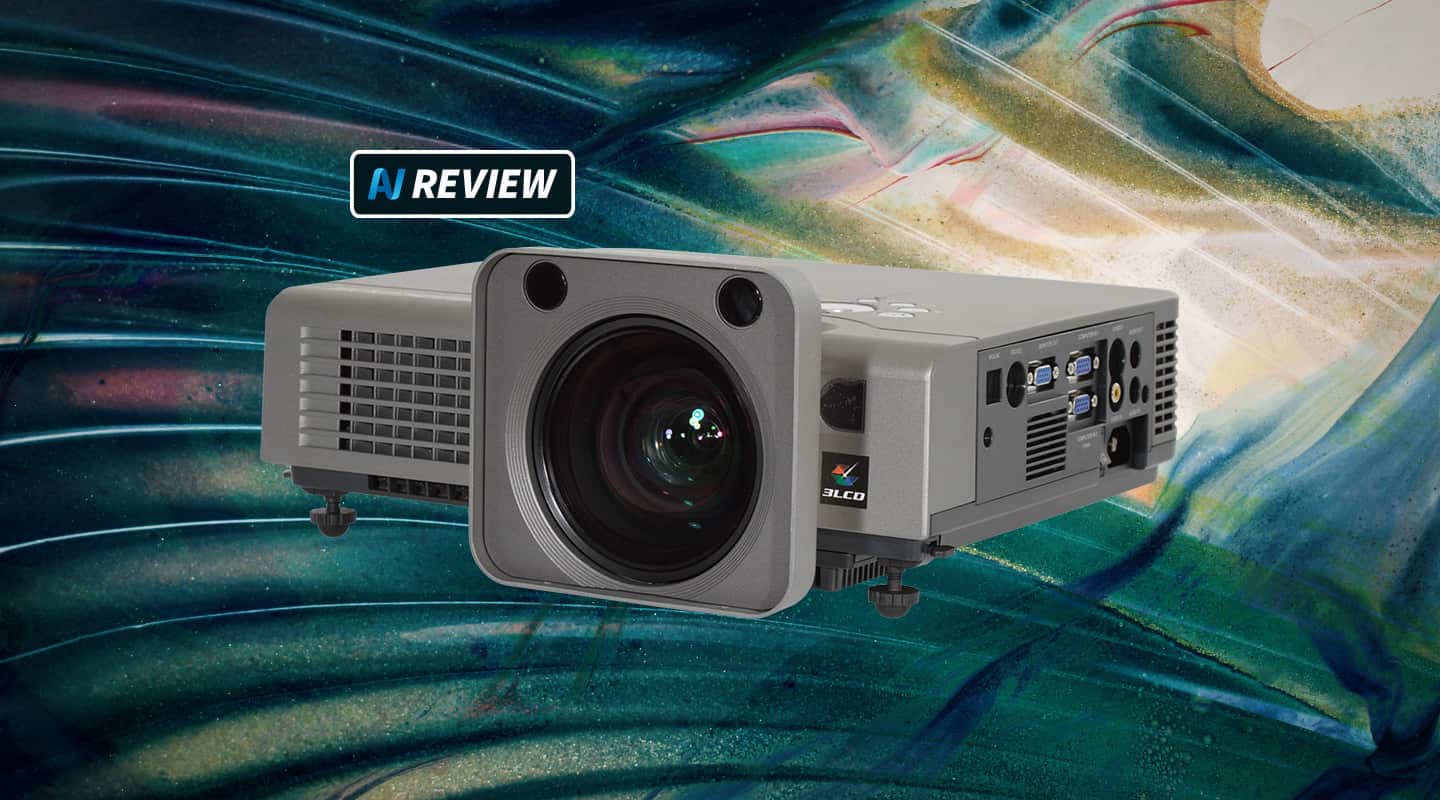
Review: Eiki LC-XIP2000
Data projector meets interactive whiteboard and everyone lives happily ever after.
Review:/ Daniel R. Hampton
I did not expect the Eiki LC-XIP2000 to wow me; superficially, it looks much like any other typical projector on the market. Still, my love for multimedia and all things audiovisual has taught me not to come to hasty judgements. So I dutifully plugged it in.
I’m glad I did. I was almost blinded by the white; then dazzled by the crispness. An illumination uniformity of 85% at 2000 ANSI lumens is the standout technical here, and it’s immediately evident. I set a medium throw distance and focussed the lens, then loaded the on-screen settings menu to adjust some basic variables. The menu-text is sharp and easy to read. This is a good sign. Which leads me to some optical background info:
The light travelling through the middle of a conventional lens (spherical) cannot be focused at the same level as the light travelling through the peripheral areas. What’s occurring is a spherical aberration that makes sharpness inconsistent. Hence, by using the aspheric lens element as the Eiki does, overall sharpness would appear to be substantially increased!
I adjusted some basic settings, noticed the auto-keystone function and set the unit to widescreen projection – the picture’s top quality. The use of 3LCD technology definitely pays off, the end result is a luscious, sharp and ‘contrasty’ (400:1) image that is always pleasing to the eye. Using a separate LCD panel for Red, Green and Blue allows for more accurate colour reproduction and better resolution, and is comparable to the use of 3CCD light capture-chips in video cameras.
THROUGH AN ASPHERIC LENS BRIGHTLY
The aspheric lens protruding from the front of the projector provides a maximum image size of 150 inches (3.8m), from a distance of approximately 6m. Alternatively, the projector may be placed as close as 0.8 metres from a wall to achieve a picture size of 50 inches (1.27m). This is a welcome convenience. The projector can of course be hung from the ceiling or alternatively from ground-level. Rear projection methods are also supported.
The LC-XIP2000 operates effectively in either the conventional 4:3 screen-ratio manner (suitable for computer-screen projection) or the more cinematic 16:9 ratio (typically more appropriate for TV, DVDs and movies).
Input-wise, the usual array of connectors are present – plug in just about everything but the (HDMI-enabled) kitchen sink. The complement includes: two VGA D-Sub15 connectors for dual-PC connectivity, VGA out, RCA composite video in, S-Video in, mini-jack stereo audio in. Component video connectivity is possible via an additional adaptor.
In terms of video signal compatibility, the unit can interpret PAL, NTSC, NTSC 4.43, SECAM and PAL-M&N at resolutions of 480i/p, 575i/p, 720p, 1035i and 1080i. It should be mentioned that there’s no HDMI connector present on this device.
As usual, I set aside some quality tech-time to test the LC-XIP2000 with a range of quality AV equipment. DVD is as expected. I’m satisfied with the scene projected; a strong deep image with an acceptable balance between contrast and hue representation. It was smooth sailing to watch a movie on this device. Keystone warp is minimal and the auto-keystone helps.
I must confess, I do like my gaming-consoles, and there must be a little ‘play’ to balance the endless work in life and it seemed only fair to test the device with my console systems. Once again, I found the projector ‘adds value’ to my gaming experience. I blaze through ‘Bully-Scholarship Edition’ and got sucked right in to the free-playing world. I’ll be disappointed to give this projector back.
Now let’s consider TV for a minute. I connected my S-Video-enabled digital TV tuner to the Eiki and switched to some quality free-to-air viewing. Although TV viewing may seem an unlikely occupation for this projector, it offered another opportunity to properly gauge the responsiveness of the projector with some rich content. Once again, the image is quite good, though the same cannot be said for the broadcast content. The unit represents the SD digital TV signal accurately and navigation menus/program guides etc, appear crisp and solid.
PC connectivity is easy, and the native XGA image is of a high standard. It supports VGA, SVGA, XGA and SXGA; though this is not where the PC coupling ends.
MORE INFO
PRICE
$3950
CONTACT
B & H Australia
[email protected]
1300 307 117
www.bhaustralia.com.au
PROS
Great for PC display: so sharp.
Effective widescreen projection.
Small form factor.
Extensive light-based interaction tools.
CONS
Heat and fan output.
No HDMI input for digital signal.
No DVI input – only VGA.
Average internal speaker.
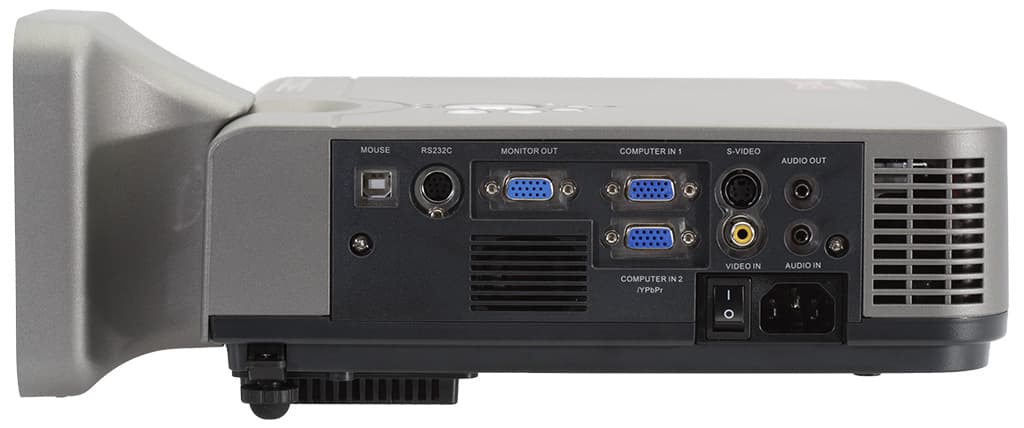

INTERACTIVITY
This projector comes with a unique accessory kit. Firstly, we have a retractable pointer wand, for some class-front teaching. The pointer is robust (fashioned out of stainless steel and silicon) and quite useful as a presentation aid. Connect the pointer to the PC via USB and it doubles as a mouse. This is handy. An infra-red remote control, sporting a laser-pointer for the navigation of setup menus, is also included.
Secondly, we have an interactive whiteboard marker! This cool device means you can write (virtually) on the screen, directly over the projected image as if it were a whiteboard. Sounds gimmicky, though in reality, it’s a very useful! Annotations can even be saved for future reference. These tools are of a high build quality, well crafted and a pleasure to hold and use for long periods of time.
Using the projector for PC display output proved quite successful, as the image was so sharp and clear, making on-screen text easy to view at a glance.
I see a great market here for schools, training centres and universities, due in part to its intuitive presentation and control tools that make presenting a dream. Alternatively, the home-theatre enthusiast may appreciate the small form factor and impressive sharpness the image provides. However, fan noise may be regarded as a little intrusive (only 41dBA) for small quiet spaces. In terms of portability, the projector is not huge, nor heavy – it’s not a chore to manhandle this projector from one room to another.
I am largely quite impressed with this projector. Although I’m informed that Eiki has been in the audiovisual equipment business for over half a century, it is not a brand I’m familiar with. But this projector is fairly priced, offers useful interactive tools to assist in teaching and presentation, and produces a high quality picture. Lamp life is a quoted 2000 hours, and replacement lamps are not overly expensive. The build quality is excellent and I would expect this projector to go the distance. Lastly, the use of 3LCD projection technology makes this projector an easy choice. Well done Eiki.

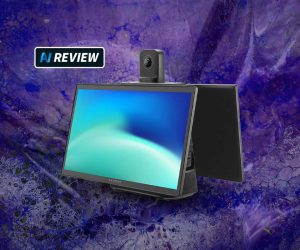
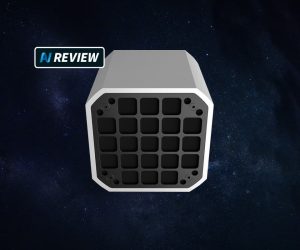
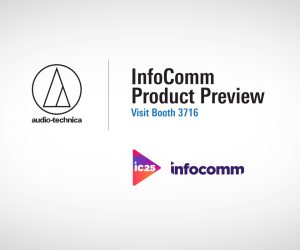
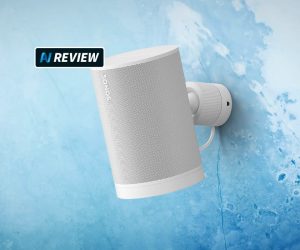
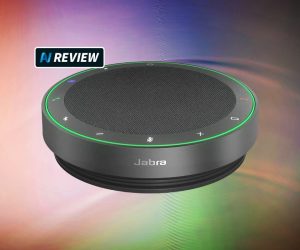
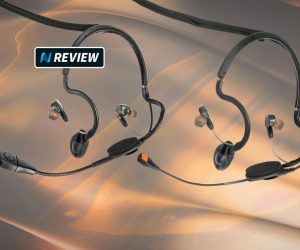
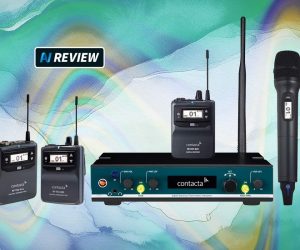
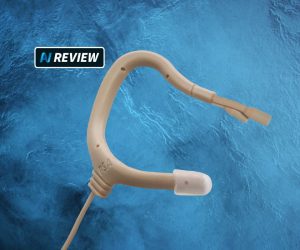
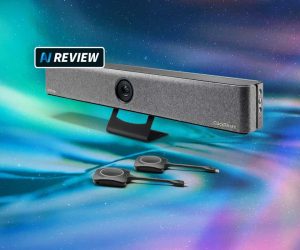
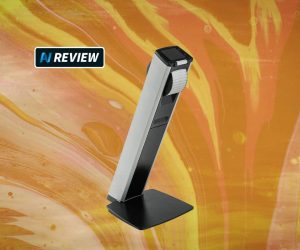
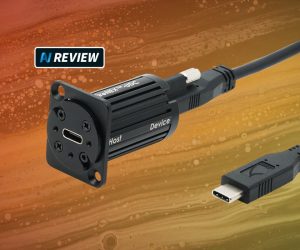
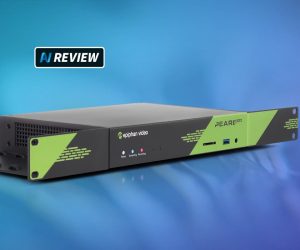
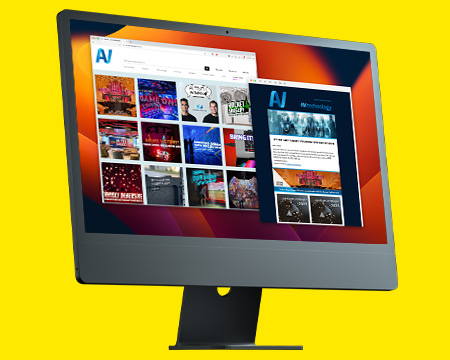

RESPONSES